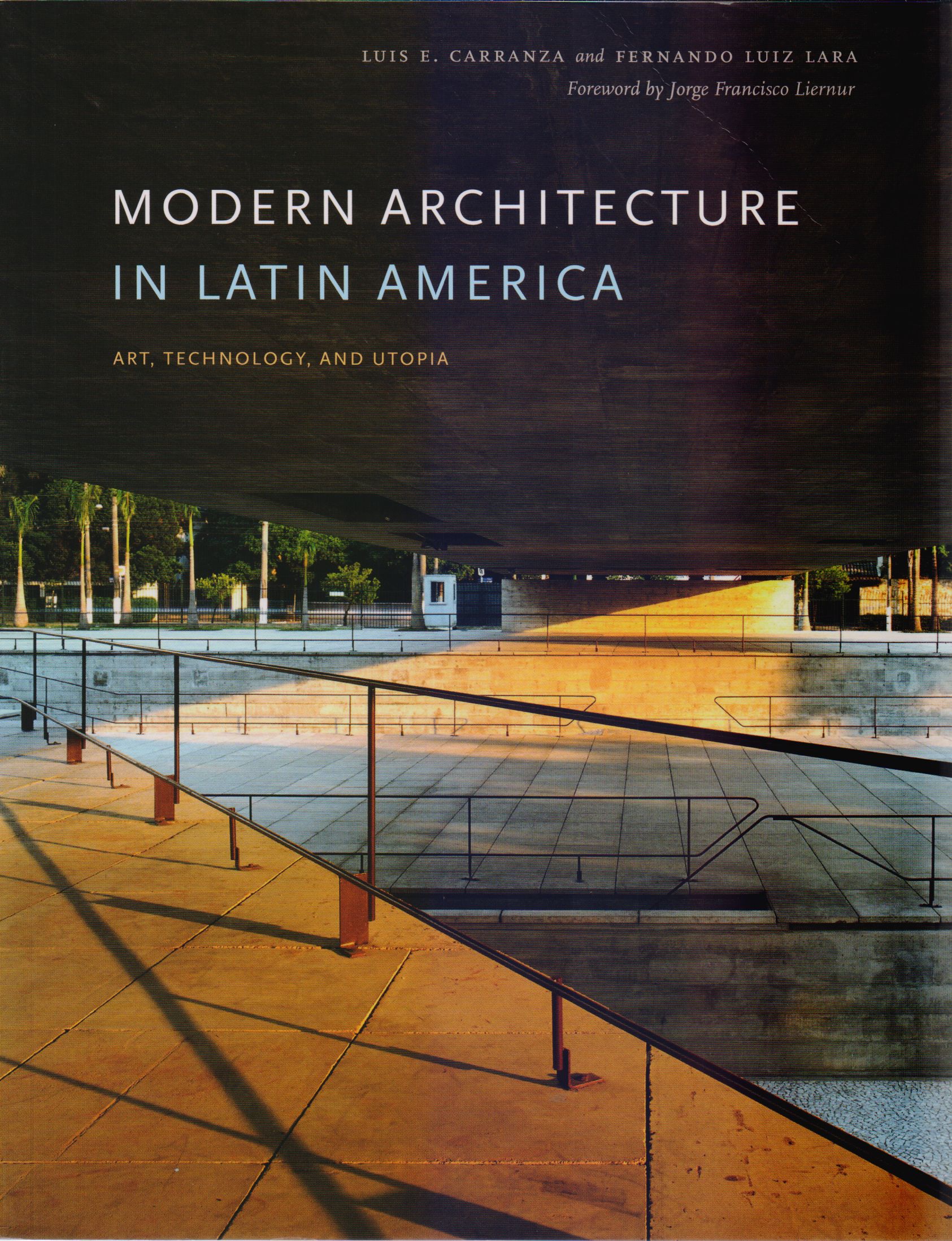Libros relacionados
 |
Repensando la Sostenibilidad Desde las Humanidades y las Ciencias Sociales: Defi Echenberg, Margo / García-González, Dora Elvira (Editoras) Bonilla Artigas Editores |
 |
Con los Yuracarees (Bolivia) Cronicas Misionales (1765-1825) Van Den Berg, Hans Iberoamericana Vervuert |
 |
Arquitectura de Tierra en América Latina Correia, Mariana / Neves, Célia / Guerrero, Luis Fernando (E Argumentum |
 |
Lecciones: Teodoro González de León. Escritos Reunidos 1966-2016 González de León, Teodoro Colegio Nacional |
 |
Architecture And Cities Of Northern México From Independence To The Present, The Burian, Edward University Of Texas Press |


|
Título: Modern Architecture In Latin America: Art, Technology, And Utopia | |
| Autor: Carranza, Luis E. / Luiz Lara, Fernando | Precio: $1125.00 | |
| Editorial: University Of Texas Press | Año: 2014 | |
| Tema: Arquitectura, Latinoamerica | Edición: 1ª | |
| Sinopsis | ISBN: 9780292762978 | |
| Modern Architecture in Latin America: Art, Technology, and Utopia is an introductory text on the issues, polemics, and works that represent the complex processes of political, economic, and cultural modernization in the twentieth century. The number and types of projects varied greatly from country to country, but, as a whole, the region produced a significant body of architecture that has never before been presented in a single volume in any language. Modern Architecture in Latin America is the first comprehensive history of this important production.
Designed as a survey and focused on key examples/paradigms arranged chronologically from 1903 to 2003, this volume covers a myriad of countries; historical, social, and political conditions; and projects/developments that range from small houses to urban plans to architectural movements. The book is structured so that it can be read in a variety of ways_as a historically developed narrative of modern architecture in Latin America, as a country-specific chronology, or as a treatment of traditions centered on issues of art, technology, or utopia. This structure allows readers to see the development of multiple and parallel branches/historical strands of architecture and, at times, their interconnections across countries. The authors provide a critical evaluation of the movements presented in relationship to their overall goals and architectural transformations |
||
Librería Bonilla SA de CV © Todos los derechos reservados. 2019
Última actualización: Jul 2019





